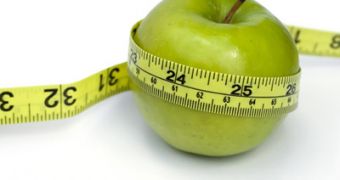Researchers with the Brigham Young University in Utah now claim that people who wish to drop a few pounds are likely to find a rather unexpected ally in Instagram.
Apparently, people who spends loads of time either snapping pictures of food and uploading them on the Internet, or looking at photos of various dishes derive less pleasure from actually eating.
Hence the fact that they have smaller appetites, and do not find it very difficult to limit their daily food intake.
“In a way, you’re becoming tired of that taste without even eating the food,” study co-author Ryan Elder explained, as cited by Daily Mail.
“It’s sensory boredom - you’ve kind of moved on. You don’t want that taste experience anymore,” he further detailed.
The researchers base their claims on data collected while carrying out a series of experiments with the help of 232 volunteers.
Half of these people were asked to look at a total of 60 pictures of various sugary treats, whereas the other half were showed 60 pictures of salty snacks.
In the end, they were all asked to eat some peanuts and say how enjoyable they found them.
According to the researchers, the people who stared at the photos showing salty foods all found the peanuts less appealing than the people in the first category did.
In light of these findings, the researchers recommend that people who wish to lose weight and who are having trouble giving up on certain foods try and look at pictures of them on a fairly regular basis.
It could happen that at first they will feel even more tempted to eat these foods, but, in time, they are likely to find them less appealing.
“You do have to look at a decent number of pictures to get these effects. It’s not like if you look at something two or three times you’ll get that satiated effect,” researcher Ryan Elder wished to stress.
A detailed account of this investigation and its findings was published in the latest issue of the Journal of Consumer Psychology.

 14 DAY TRIAL //
14 DAY TRIAL //